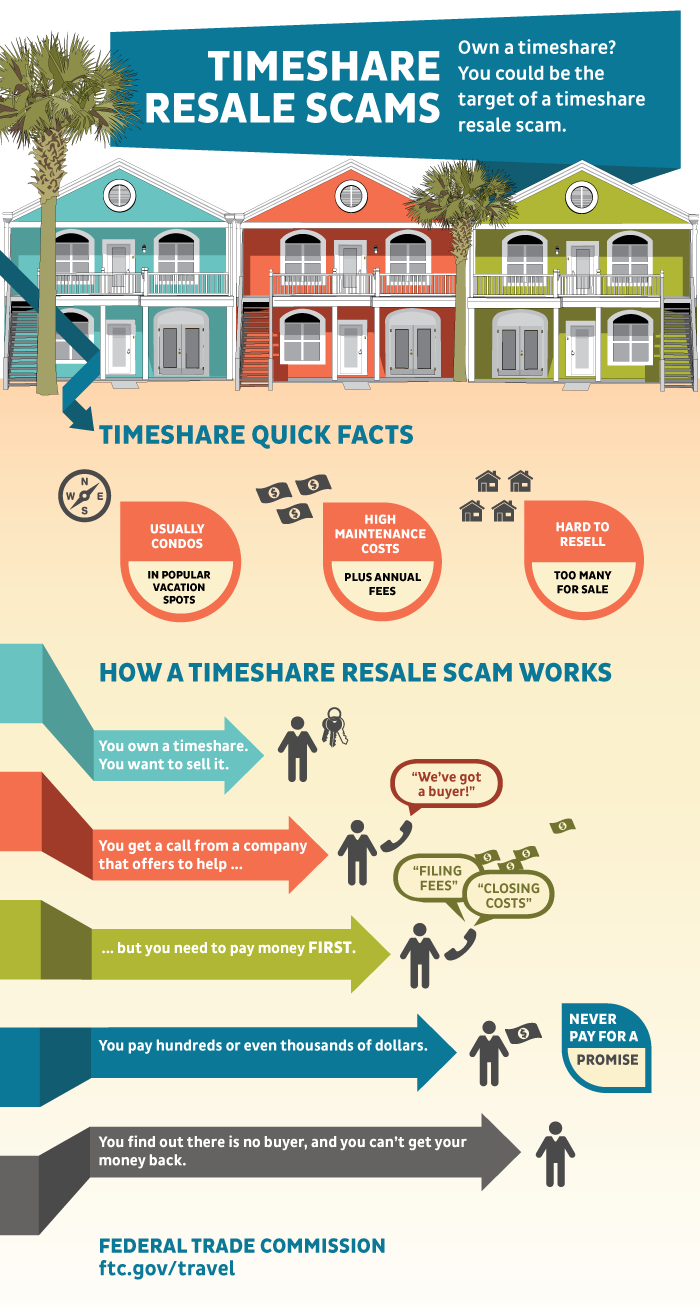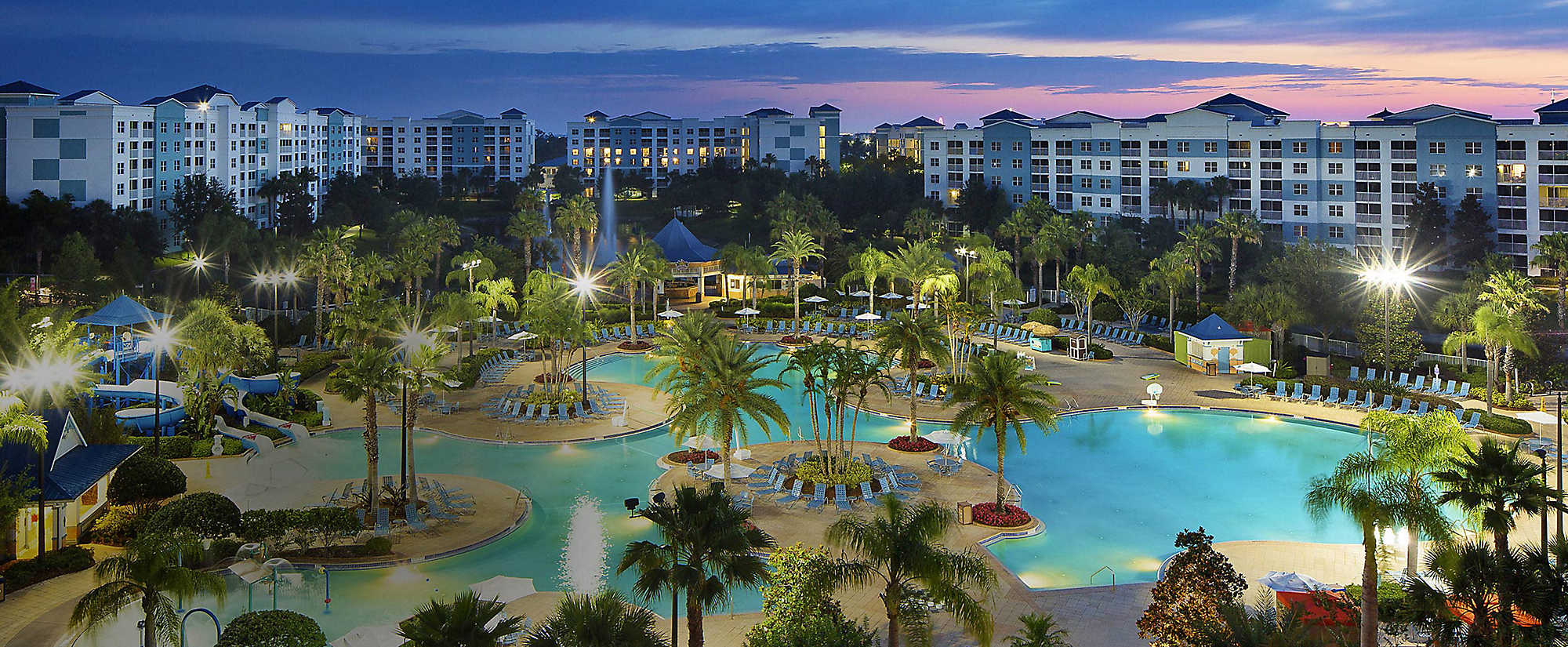With fewer owners, fractional ownership residential or commercial properties undergo less physical wear and tear. Interior of a Timbers Fractional Resort. To purchase a timeshare, the minimum certifying family income has to do with $75,000. The minimum earnings for fractional homes is around $150,000. For personal home clubs (a more elegant fractional), minimum certifying home earnings is about $250,000.
Property types are various too, with timeshares usually one or two-bedroom systems while fractional tend to be bigger houses with 3 to 5 bed rooms. The majority of fractional homes have a much better location within a resort, exceptional building and construction, higher quality furnishings, fixtures, and devices as well as more amenities and services than many timeshares.
Premium construction and surfaces, more resources for maintenance and management, and fewer users contribute to the home's look and smooth operation - how to get out of bluegreen timeshare. Fractional owners can typically exchange their getaway time to a new location, easily and cheaply, on websites such as. By contrast, lots of timeshare properties degrade over time, making them less desirable for original buyers and less important as a resale.
Rumored Buzz on How Do I Sell My Timeshare
In the 1960s and 1970s timeshares in the United States got a bad reputation due to developer promises that could not be provided and high-pressure sales methods that dissuaded many prospective buyers. In action to purchaser grievances, state legislators passed stringent disclosure and other consumer-protection guidelines. Likewise, the American Resort Advancement Association (ARDA), embraced a code of organization ethics for its members.
They legitimized timeshares by enhancing the quality of the timeshare purchasing experience providing it credibility. Despite these efforts, however, the timeshare has not completely lost its preconception. Fractional ownership, on the other hand, has established a reputation as a reliable investment. In the United States, fractional ownership started in the 1980s.
By 2000, national high-end hotel business Ritz-Carleton and 4 Seasons, in addition to others, started read more providing properties, further augmenting the image and value of fractional ownership. During the exact same period, the fractional ownership concept encompassed other industries. Jet and private yacht industries ran effective marketing campaign encouraging customers of the benefits of acquiring super-luxury belongings with shared ownership.
How To Sell A Wyndham Timeshare Fundamentals Explained
The purchase of a timeshare unit is often compared to the purchase of an automobile. The vehicle's worth depreciates the moment it is repelled the showroom flooring. Likewise, timeshares, start the depreciation procedure as quickly as they are bought and do not hold their original value. Much of this loss is because of the substantial marketing and sales expenditures incurred in selling a single property system to 52 buyers (how to get out of a timeshare dave ramsey).
When timeshare owners try to resell, the marketing and sales costs do not translate on the open market into real estate value. In addition, the competition for timeshare buyers is intense. Sellers should not just compete with vast numbers of similar timeshares on the market for resale but need to contend for purchasers taking a look at new items on the market.
Stats reveal that fractional ownership residential or commercial property resales competing sales of entire ownership trip real estate in the very same place. In some instances, fractional resale how do i sell my timeshare worths have even surpassed those of whole ownership properties. 2-12 owners Usually 52 owners, 26 owners for some projects Fractional owners have a greater financial dedication and are ready to pay higher expenses 4-8 weeks depending upon the number of owners One week per year Fractionals have less wear and tear with fewer residents Owners have a share of the title, based on the variety of owners.
How To Get Out Of A Timeshare Can Be Fun For Everyone
Fractional ownership in a financial investment Owners have excellent control over home management Task developer or hotel operator keeps management control Fractional owners are willing to pay higher management expenses Owners pay upkeep expenditures and taxes on the property Upkeep expenses and taxes are paid in month-to-month costs Timeshare owners must expect month-to-month charges to increase every year Resale worth http://milosnss220.timeforchangecounselling.com/the-definitive-guide-for-how-to-sell-timeshare-week tends to value Resale is hard even at lowered rates Extreme competition for timeshare resales from other systems and new developments Owners decide Very little service offered Private house clubs are a type of fractional with numerous features Higher quality and bigger villa Generally one or two-bedroom units with fundamental quality Owners of fractionals have a reward to keep the property in great condition $150,000 annual revenue minutes.
$ 250 yearly profits minimum for private house clubs A less costly option to whole ownership of a villa An inexpensive alternative to hotels for vacation Buyer should decide which type is finest based on objectives for the home Prior to choosing to take part ownership in a villa, review the similarities and distinctions in between a timeshare and a fractional ownership.
Timeshare is the concept of numerous parties collectively owning an asset and using that possession being shared amongst the owners by allowance of time slots. In travel, Timeshare most commonly refers to holiday accommodation typically divided into "weeks" of time and owned collectively by holidaymakers. Timeshare is typically also referred to as "Holiday Ownership" and sometimes "Fractional Ownership".
Not known Facts About How To Buy A Timeshare Resale
Ownership within a timeshare accommodation can be allocated through a partial ownership, lease or a "right to own" basis where the allotment of a timeshare "week" is divided into the 52 week timeshare calendar which runs nearly in tandem with the basic yearly calendar. Use rights of a timeshare property usually take place annually however can likewise take place on a bi-annual basis.
Timesharing came about in the early 1960's as a result of villa sharing where four European households would each purchase into a jointly owned holiday home to share (how much does timeshare exit team charge). They would divide the usage over each of the four seasons and turn every year to ensure that each part-owner would take advantage of each seperate season similarly.
Timeshare ownership on a week basis has its origins back in France and Switzerland where the very first trip ownership plans were developed by the French (Socit des Grands Travaux de Marseille) and Swiss (Hapimag) travel business in 1963 and 1964 respectively. A year later the principle of timesharing reached the U.S.A. with the Hilton Hale Kaanapali using timeshared vacation ownership at the Leader Mill Plantation on Maui, Hawaii in 1965.
Some Known Questions About How To Get Rid Of Timeshare Maintenance Fees.

Exchange business now provide over 7000 resorts worldwide. Timesharing grew enormously in the boom years of the 1980's and resulted in the increasing variety of resorts and brands operating around the world today. The 1990's saw the intro of huge name brand names such as: Marriott, Sheraton and Hilton get in the timeshare market including big, trusted names to the timeshare industry and they still operate worldwide today.
e. "Week 14" which would typically tend to fall as the very first week in April. The timeshare owner would be granted the exclusive right to occupy that specific week at the specific resort in which the particular timeshare lodging unit was situated. There is no set week duration connected with this form of ownership but rather the owner can use a designated length of time (generally 7 nights) within a specific duration of the year.

